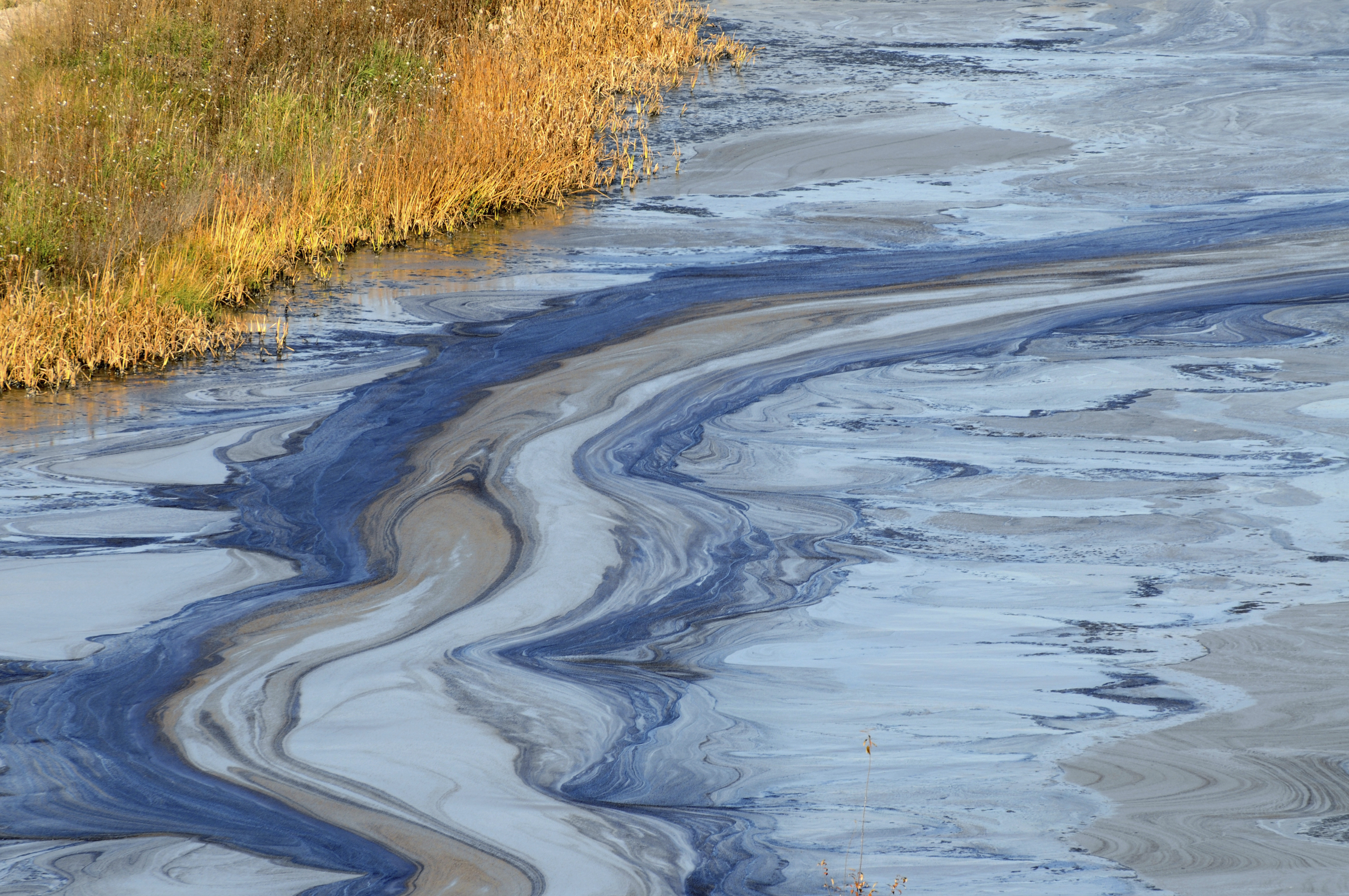A Call for Improved Oversight and Transparency
The United States has become the top producer of oil and gas in the world as domestic oil and gas production has doubled since 2010, resulting in increased industrial water use and increased production of wastewater. As the industry attempts to manage this wastestream, it is advocating for regulatory changes under the Clean Water Act to facilitate increased surface discharge. U.S. Environmental Protection Agency (EPA) officials and state agencies are exploring the possibility of expanding reuse of produced water outside of the industry and making more direct discharges to surface waters possible, especially in arid parts of the country that may be experiencing water shortages.
The Clean Water Act’s National Pollutant Discharge Elimination System (NPDES) requires a permit for industrial pollution discharges to waters of the U.S. EPA has established effluent guidelines to apply to different industrial discharges, including for oil and gas extraction. These guidelines, or the absence thereof, impact how produced water discharges to waters of the U.S. are regulated.
The report provides an overview of Clean Water Act regulations governing onshore produced water discharge, evaluates several aspects of its oversight, and makes recommendations for both EPA and state regulators to improve protection of water resources and increase transparency. It focuses on direct discharges to waters of the U.S., and to a lesser extent addresses indirect discharges to municipal sewage plants, also known as Publicly Owned Treatment Works (POTWs) and discharges to Centralized Waste Treatment (CWT) facilities. Several problems in the existing regulations, and the current understanding of produced water quality, highlight the need to strengthen protections.

By conducting a systematic search for active NPDES permits across the nation, this report reviews the public availability and transparency of permits, and examines where direct discharges to surface waters are occurring. The search yielded information about which states issue permits and where EPA retains permitting authority, availability of permit documentation, and an inventory of existing permits. The search found active direct discharge permits in 7 states, however some uncertainty remains due to data and permit accessibility issues. Public availability and transparency of permits varies widely across states, creating considerable challenges for accessing data and information on permitted activities.
This report finds that Clean Water Act regulations are inadequate to ensure protection of public health and the environment from onshore produced water discharges.
Read the full report here.
Review the appendix here.
Download and share our fact sheet here.
Key Recommendations
- EPA should first improve its understanding of the chemical characteristics of produced water by establishing regulations to improve transparency and reporting of chemical use in the industry, and by working to improve analytical methods and toxicity measures of chemicals found in produced water.
- EPA should revise effluent guidelines for oil and gas extraction, for both direct discharges to surface waters, and discharges to publicly owned treatment works (POTWs) and centralized waste treatment facilities (CWTs).
- EPA and states with oil and gas NPDES primacy should improve permitting oversight, transparency and data management to make permits available and more easily understood to the public.
